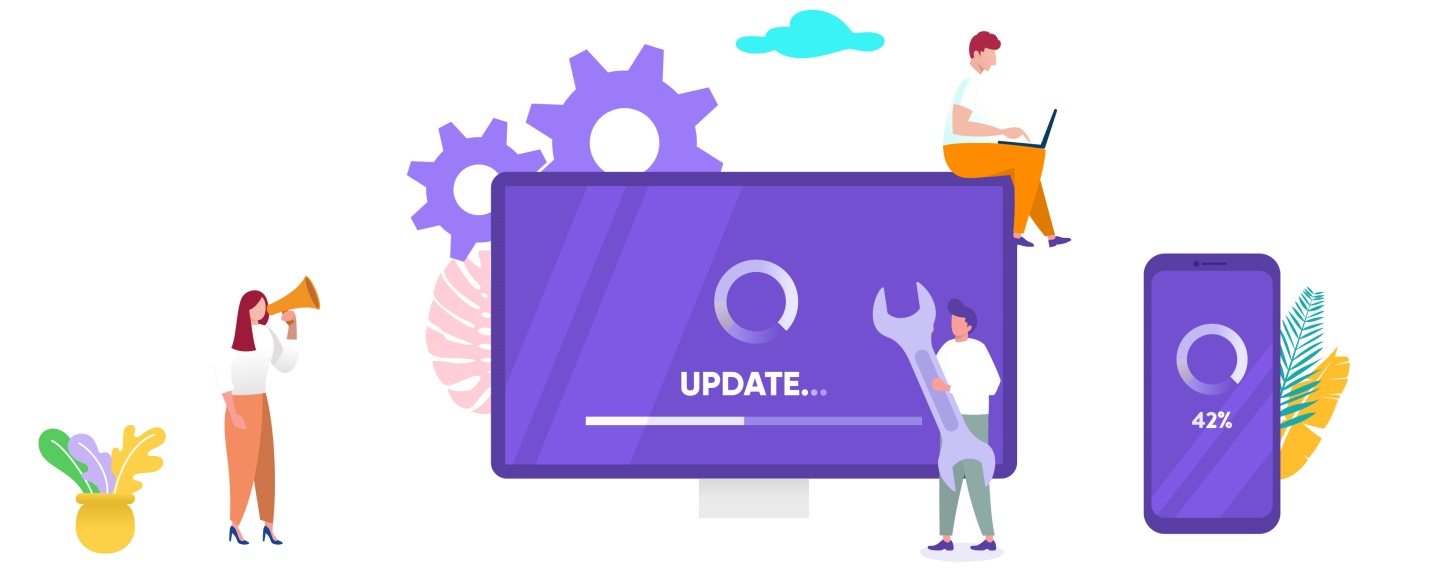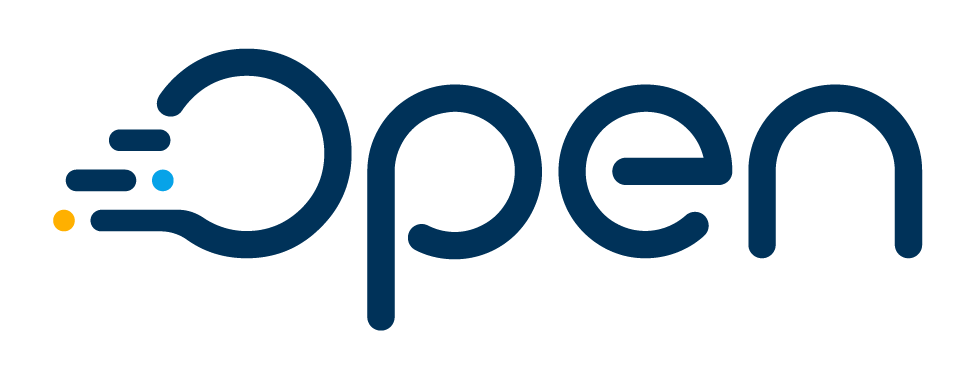There is a lot of talk about continuous delivery at the moment, but with so much buzz it can be hard to tell fact from fiction. Finding out the truth about this new model can help you make an informed decision about whether it is the right strategy for your company’s information systems. Let’s take a look at four commonly held views about continuous delivery and see whether they are true or false.

❌ With continuous delivery, business operation is constantly disrupted
Continuous delivery is a strategy that involves frequent software enhancements and changes, but this does not necessarily imply disruption to business processes. In the past, utilities could spend months trying to stabilize newly-upgraded systems, but with this new model, it is possible to frequently implement small updates which pose no threat to system stability or business continuity. Because the changes are trickled out incrementally, as opposed to packaged together in one drastic change to the system, this strategy allows software solutions to evolve while business carries on at full speed.
✅ Continuous delivery assures more reliable information systems
In traditional modernization projects, the scope of the upgrade is so broad that it is difficult to guarantee stability or quality integration between all the different enhancements and new functionalities being implemented. On the other hand, continuous delivery is about reducing the scope of software updates so that companies can frequently receive stable and high-quality improvements to their systems. For this reason, software vendors providing continuous delivery place a much higher focus on testing and perfecting each new feature before deploying them to clients. Thanks to this attention to detail, utilities can enjoy the latest innovations without worrying about software bugs or other issues which could affect system performance.
❌ Continuous delivery is restricted to cloud-based systems
Continuous delivery is not restricted only to cloud-based software. In fact, utilities with on-premise solutions can apply updates to their systems continuously without having to move to the cloud. In this model, utilities have control over updates, deciding which features they want and when they want to implement them. For cloud-based systems, however, updates are usually performed at the discretion of the software vendor.
✅ Continuous delivery helps utilities respond to their ever-changing industry needs
Through incremental and frequent enhancements, utilities keep their systems updated, avoid technological obsolescence, and include new functionalities while leaving behind any applications that are no longer adding value to their organization. Continuous delivery helps utilities get the features they need to meet industry requirements quickly, take advantage of emerging business models, and respond better to customer needs.
In saying all this, continuous delivery is a big topic and one which should really be discussed in person. We are running local sessions to share our vision about the way this strategy helps utilities to continually transform their business without interrupting operations. If you want to be part of the conversation, feel free to contact us.







